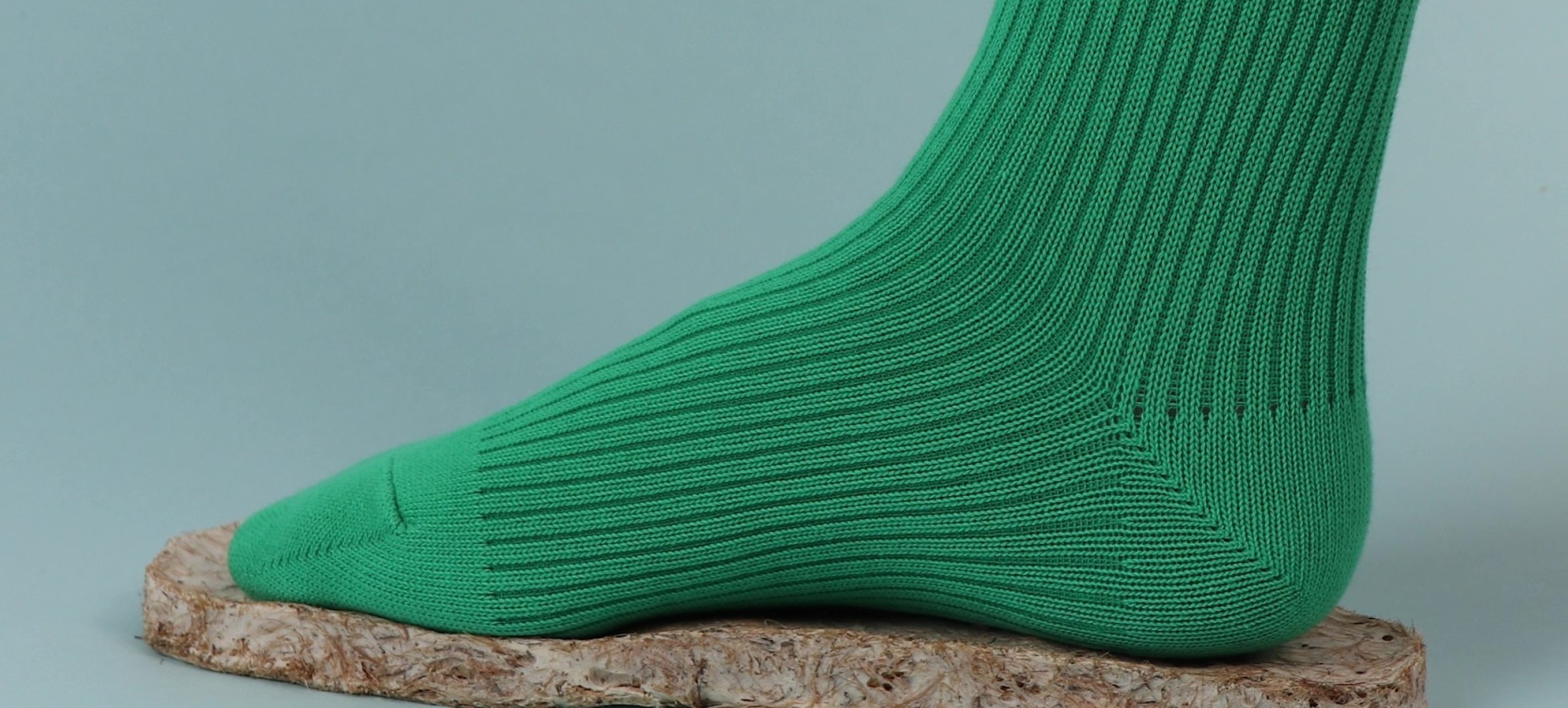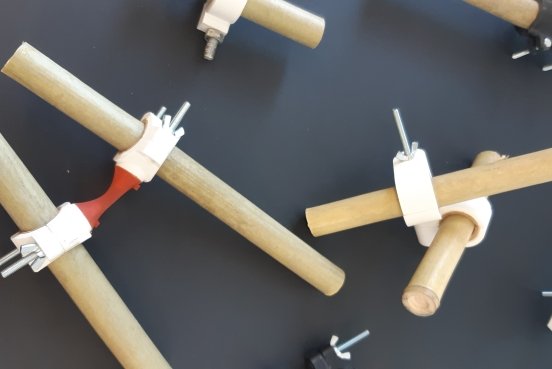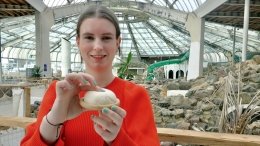The sustainable potential of salty seagrass
- Design
In the Netherlands, until about a century ago, cultivating seagrass for different applications used to be common. Unfortunately, this industry has completely disappeared. But this might change. “In this new future where we’re dealing a lot with water again, these techniques and this knowledge might become relevant again. We were interested in seeing if this plant could be part of a new material ecosystem. A sustainable material ecosystem. We were also interested in what design applications we could find for it,” we Michelle Baggerman explains. Together with Product Design student Lisanne Peters, she did research into the sustainable potential of seagrass.

Michelle is the research coordinator of the project “From seagrass to sustainable textile application” which investigates the possibilities of reusing seagrass for a sustainable value chain. This research project is part of the professorship Tactical Design which puts designers at the centre of transdisciplinary research that aims to achieve the transition to a sustainable society. “Designers have a lot of interesting views and new perspectives that they can bring into the research, which makes it an incredible collaboration,” says Michelle.
Old knowledge, new ideas
Lisanne Peters is in her fourth year of the bachelor's course Product Design, and she is one of the Product Design students who are part of this research project. “I think it’s very important – as a product designer – to know what materials you’re using and where they come from. And what better way to achieve this than to create the materials yourself,” she says in the video. Lisanne also thinks that it’s crucial to explore, to experiment as a designer. She highlights that that’s how innovation is created: “It’s having knowledge about something old and creating something new with it.”
This project resulted in an online publication called “Exploring seagrass for sustainable design”, which explains the research in detail. It outlines the people who worked on it, the initial questions that had to be tackled, the steps that were taken to get there, and the work of the students that were involved to make this a success. “I think that’s absolutely the future. We have to work together,” says Michelle. “Because no one can do something like this on their own. An individual designer can never go as far and as broad as we did when we worked together with a group.”
“For us, it’s really interesting to work with students, and not only with professionals. Because it teaches them a lot of important skills, but they also have a lot of interesting views and new perspectives that they can bring into the research and it can become a really nice collaboration.“
Take a look at the video of this research project:
About the professorship Tactical Design
In this professorship, designers are challenged to think about how they can contribute to a sustainable, resilient, and inclusive future. Because it’s impossible for a single designer to have all the knowledge that is needed to create a socially and ecologically sustainable future, they have to collaborate with various scientific domains, governments, businesses, social institutions, and even with citizens. They also have to use their imagination to create prototypes of materials that aim to change the future.


